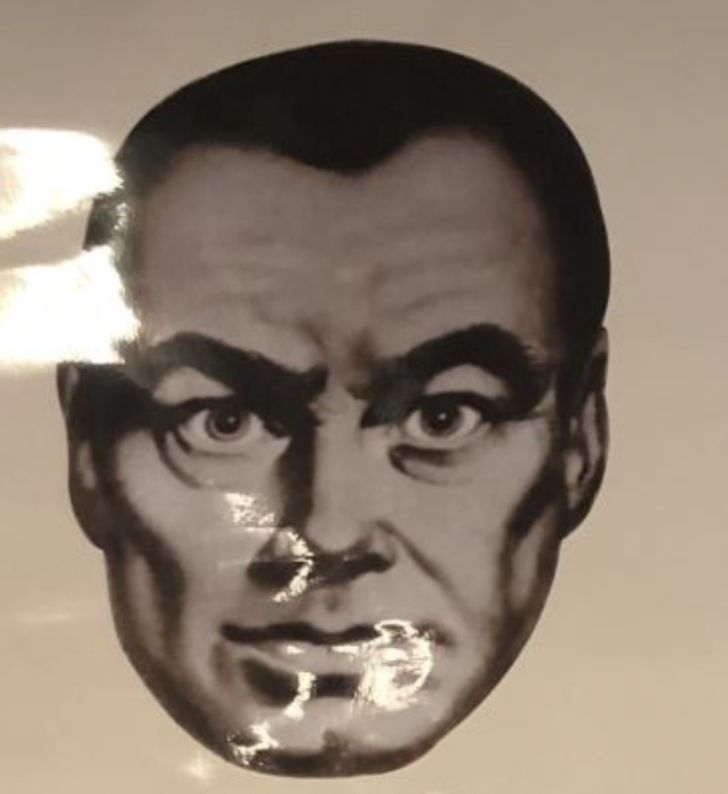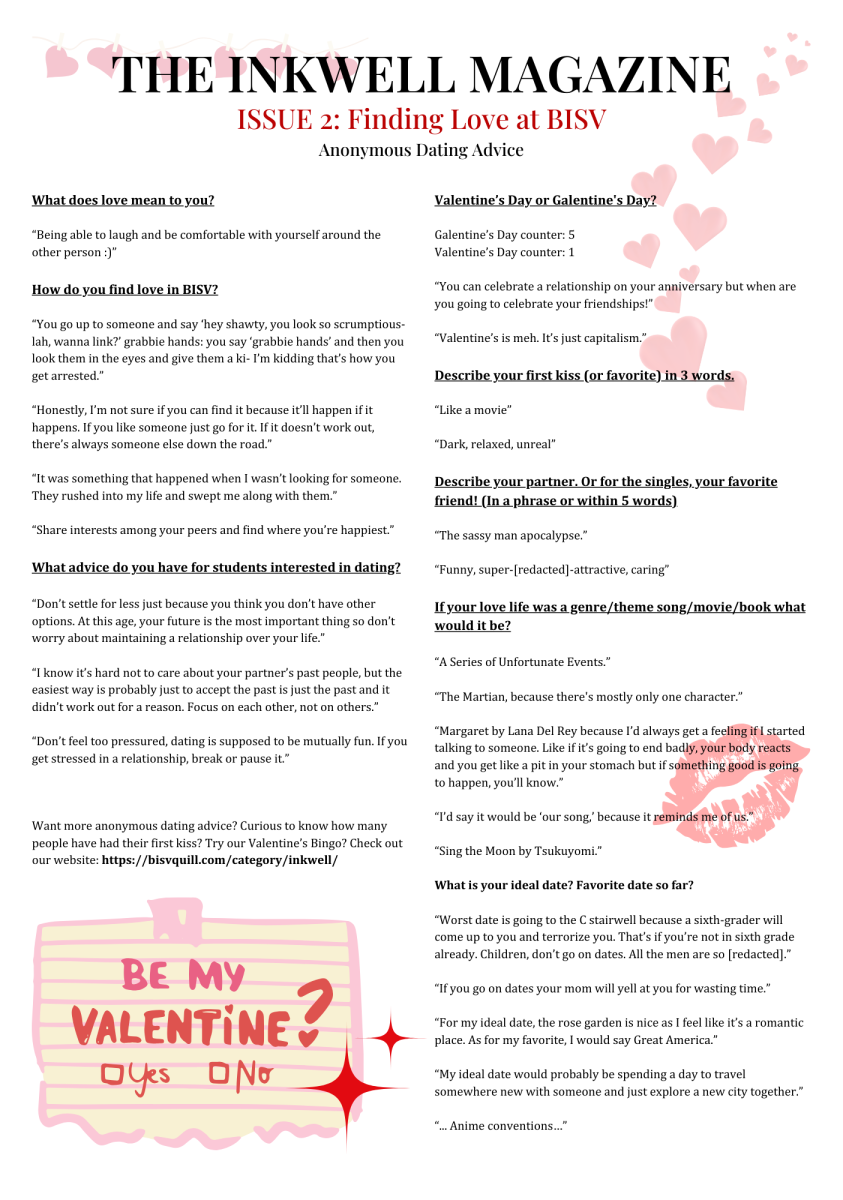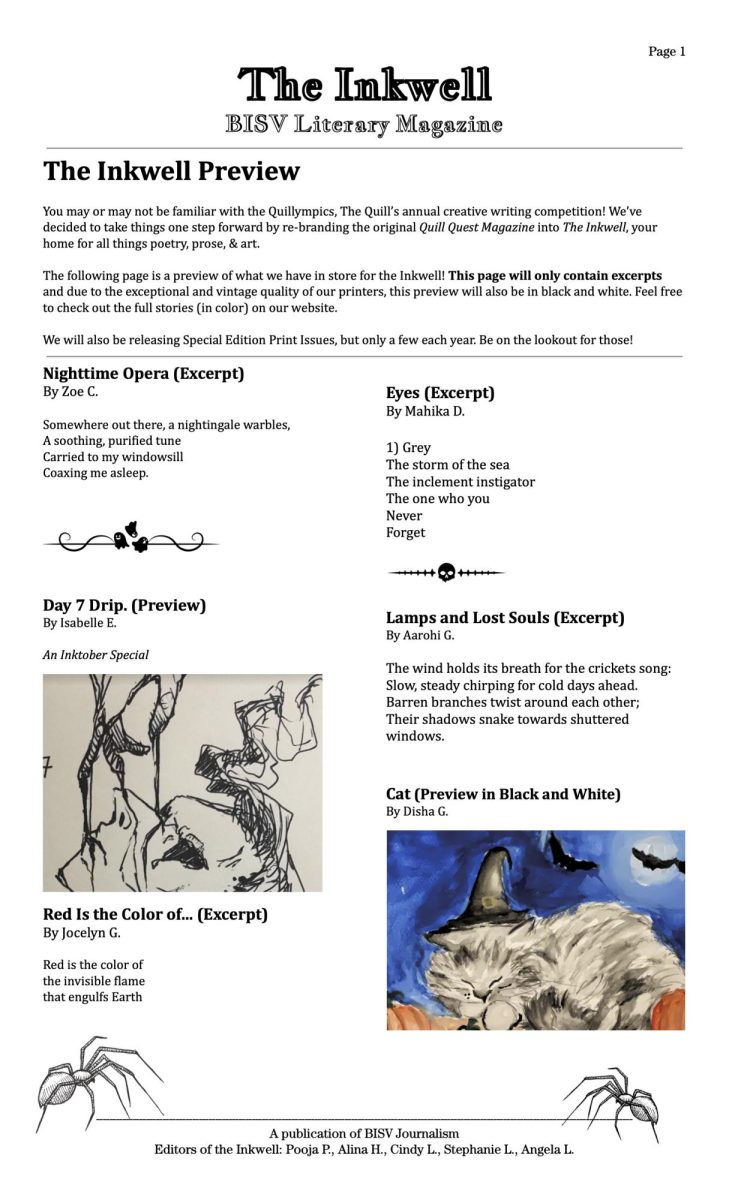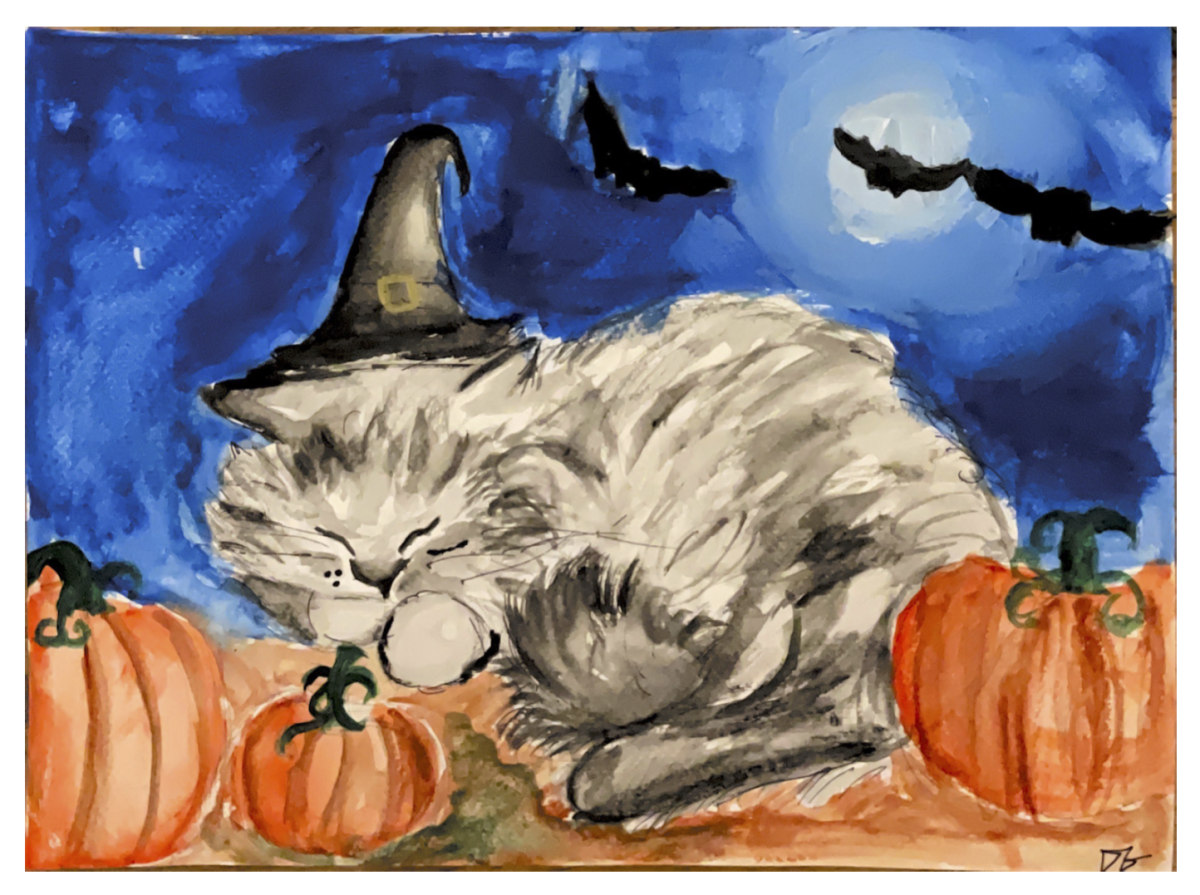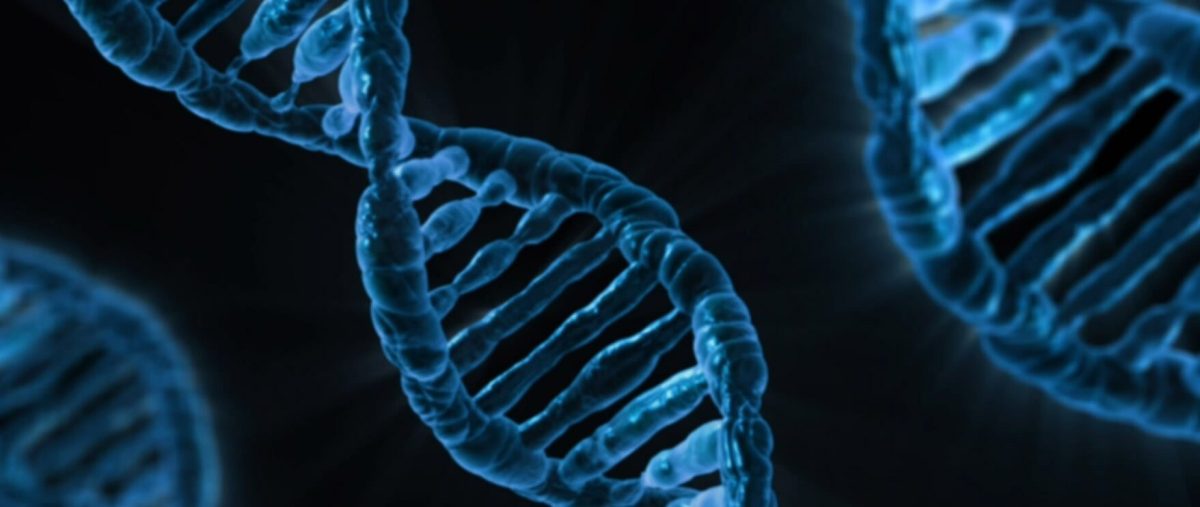Previously published May 24. 2022
In the US, almost 2 million patients are diagnosed with cancer annually, and over 600 thousand die of it. As such, any possible treatment for any one type of cancer is a big deal. Scientists have recently found a potential treatment for leukemia, a blood cancer that consists of almost 10% of all cancer cases.
Two leukemia patients have experienced long-lasting remission due to the novel treatment: experimental CAR-T cell therapy. By modifying and conditioning a patient’s immune cells, immunologists may be able to combat deadly degenerative diseases.
How does the process work? Well, oncologists must first collect a sample of T cells (white blood cells) from the patient in a process called leukapheresis. White blood cells are filtered from the patient’s bloodstream gradually through IV lines. Upon collection, specialists modify the T cells by adding chimeric antigen receptors (proteins that bind to cancer cells) in a time-consuming procedure. After a few weeks, scientists insert the modified CAR-T cells into the patient and await further results.
The first patient, Doug Olsen, was diagnosed with chronic lymphocytic leukemia. The disease targets the bone marrow and multiplies lymphocytes, a type of white blood cell. If left untreated, it will inflict weakness, severe bruising and bleeding, infections, and weight loss. Although long-term implications are uncertain, cell therapy has provided positive results so far. Whilst the modified cells linger in Olsen’s body, cancerous cells are primarily deterred. Due to this, Olsen has been cancer-free for more than a decade — truly a medical miracle.
Now, the oncologists are learning the specific mechanism through which the treatment cures patients to widen the potential patient net. For now, the treatment is limited, as many prospective patients either don’t respond or develop serious side effects, including autoimmune issues, neurological problems and allergic reactions. In the future, this treatment may be applicable to everyone and leukemia may be a problem of the past.
Sources:
- “Chronic Lymphocytic Leukemia Treatment (PDQ®)–Patient Version.” National Cancer Institute, National Institute of Health, https://www.cancer.gov/types/leukemia/patient/cll-treatment-pdq#:~:text=Key%20Points,lymph%20nodes%20and%20feeling%20tired.
- Jesús, Erin Garcia de. “Genetically Engineered Immune Cells Have Kept Two People Cancer-Free for a Decade.” Science News, 2 Feb. 2022, https://www.sciencenews.org/article/cancer-genetically-engineered-immune-cells-car-t-therapy-remission.
- “Car T-Cell Therapy and Its Side Effects.” American Cancer Society, https://www.cancer.org/treatment/treatments-and-side-effects/treatment-types/immunotherapy/car-t-cell1.html.



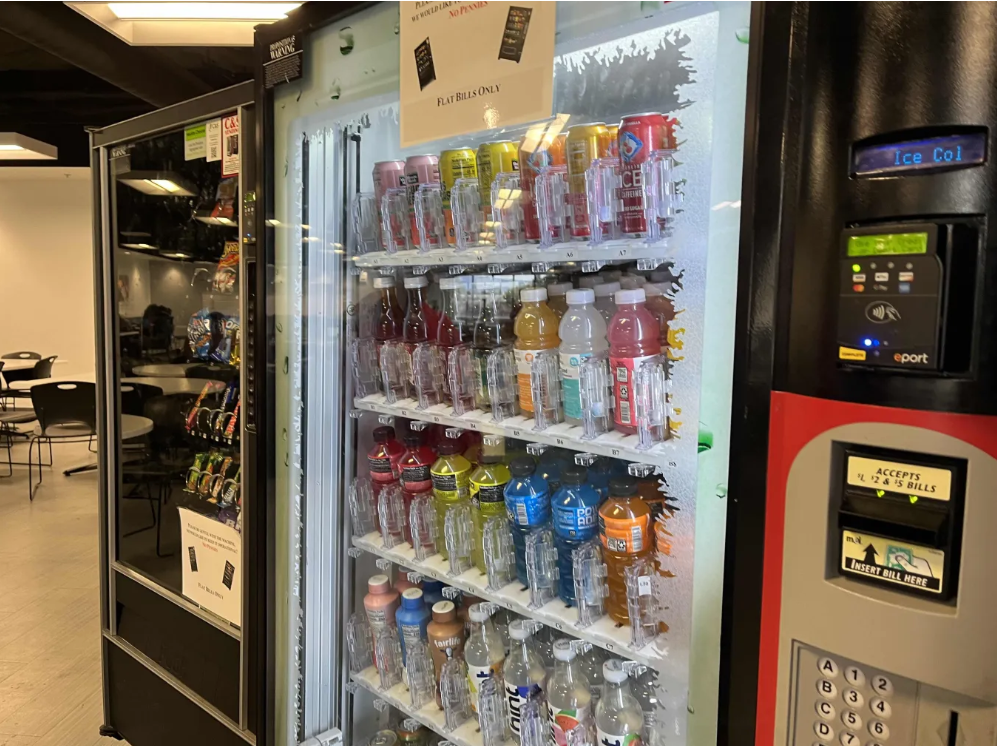
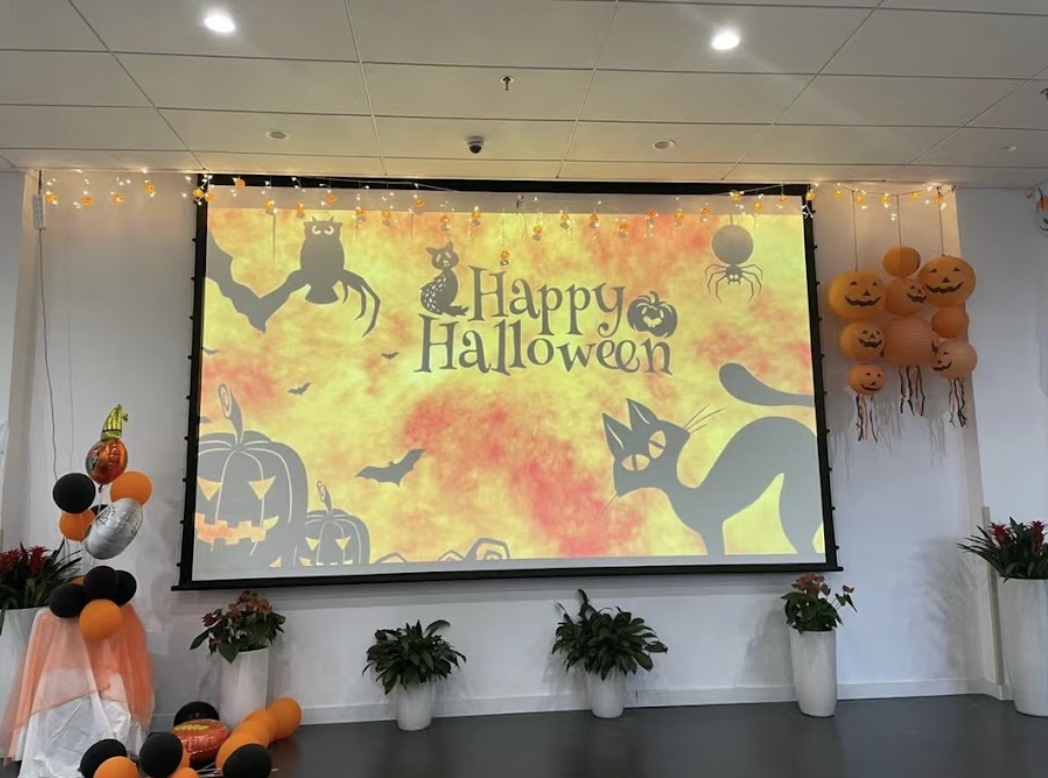


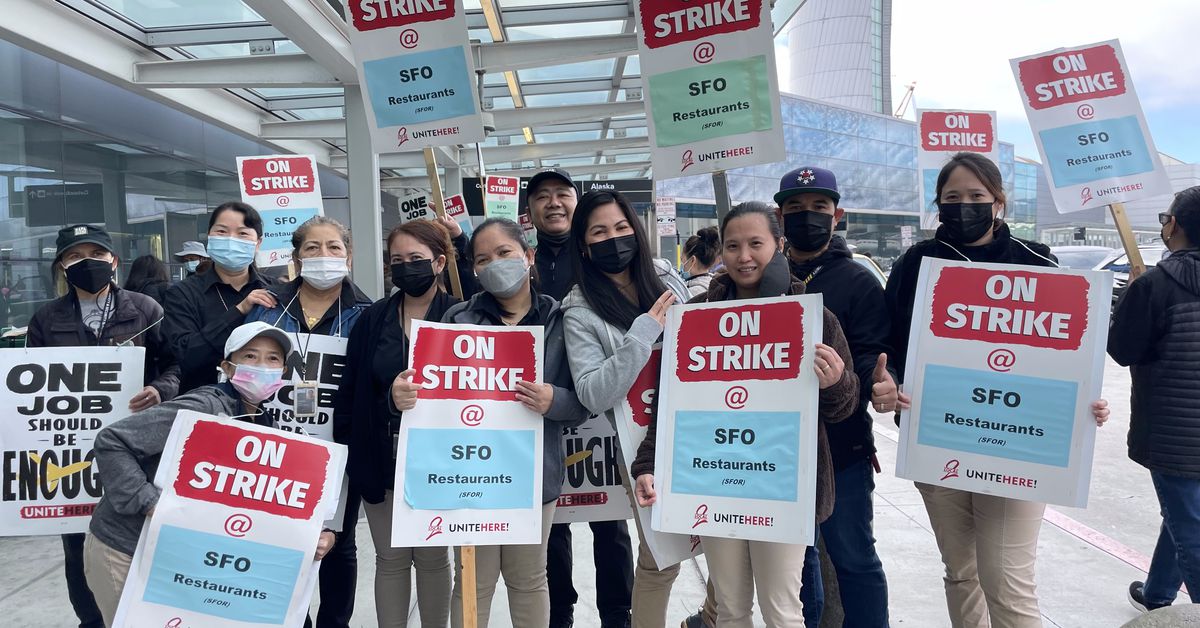


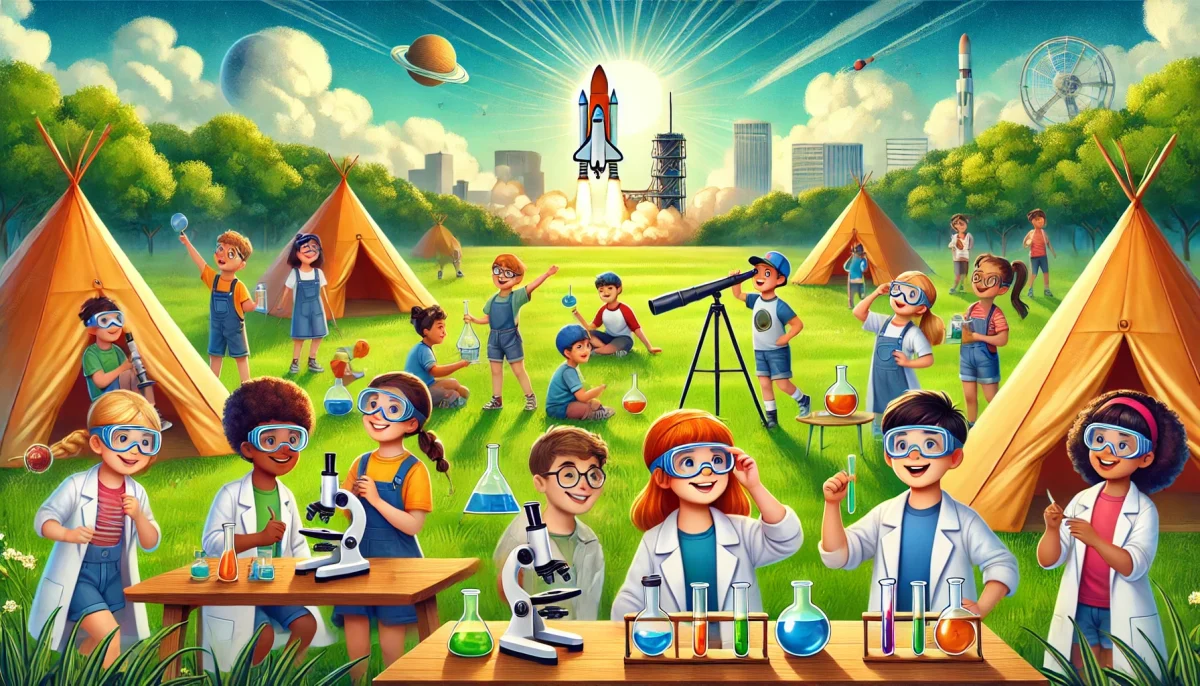
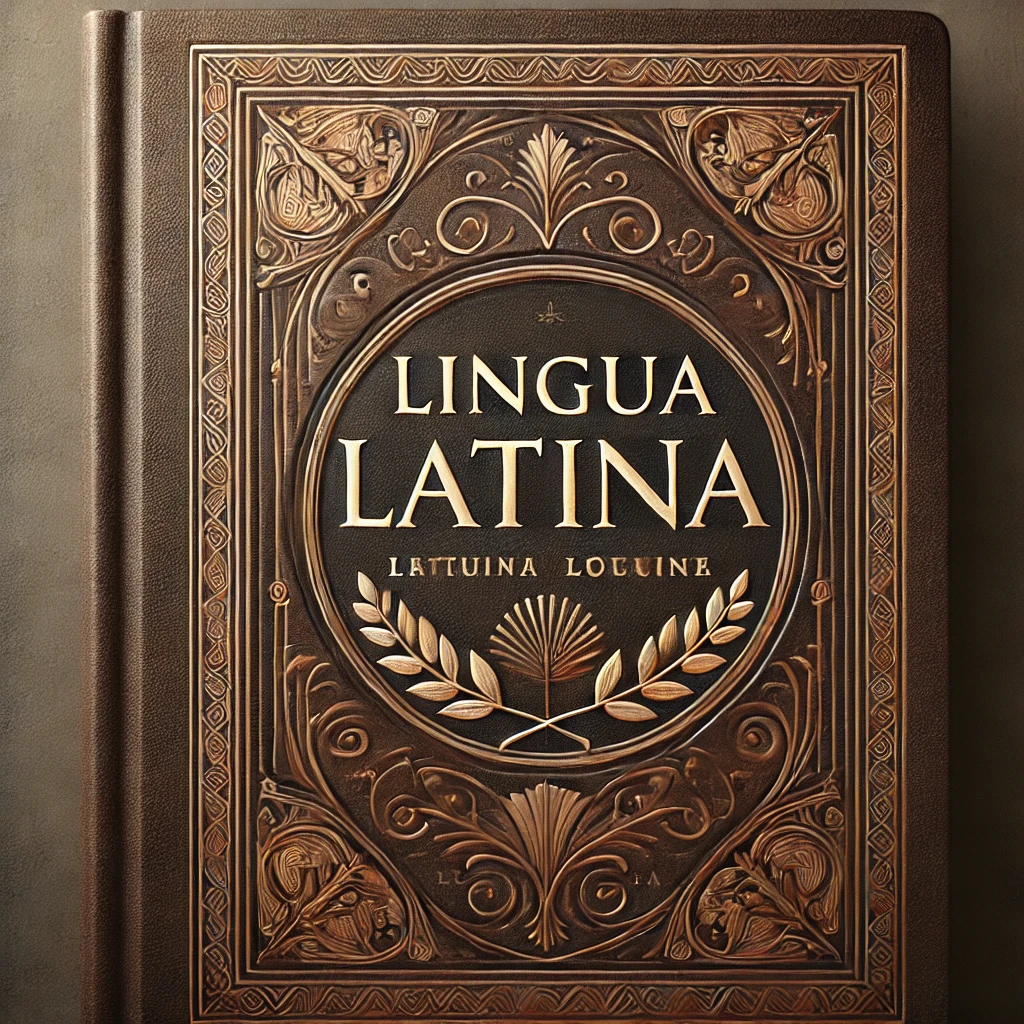


![Teacher [Milk] Tea: Part 2](https://bisvquill.com/wp-content/uploads/2024/03/Screen-Shot-2024-03-19-at-9.28.48-PM.png)
![Teacher [Milk] Tea: Part 1](https://bisvquill.com/wp-content/uploads/2024/03/milk-tea.png)



